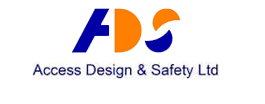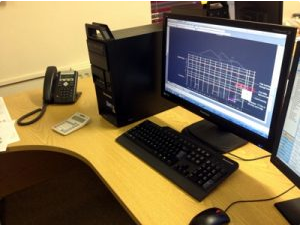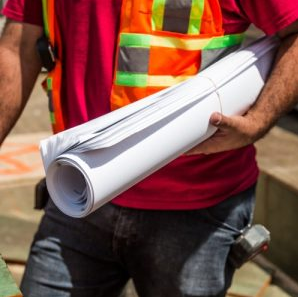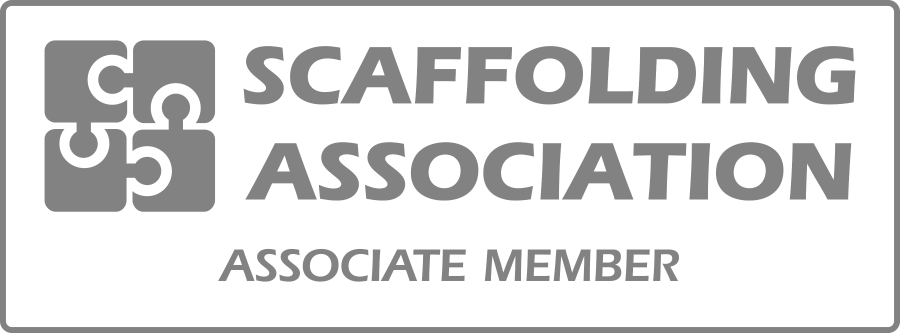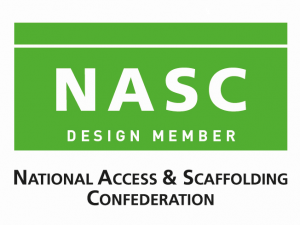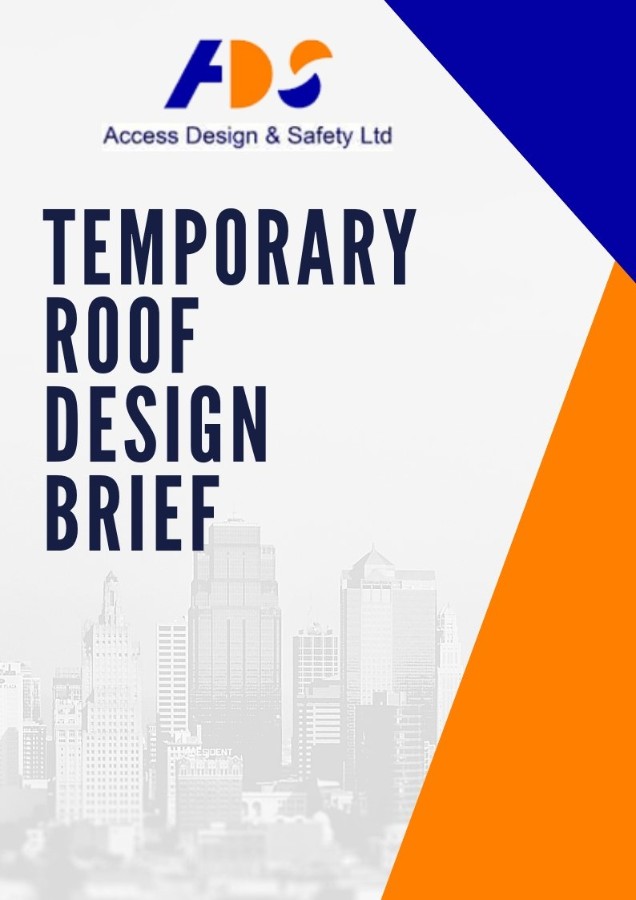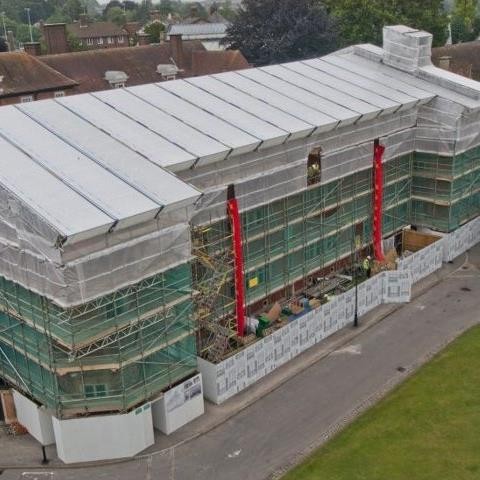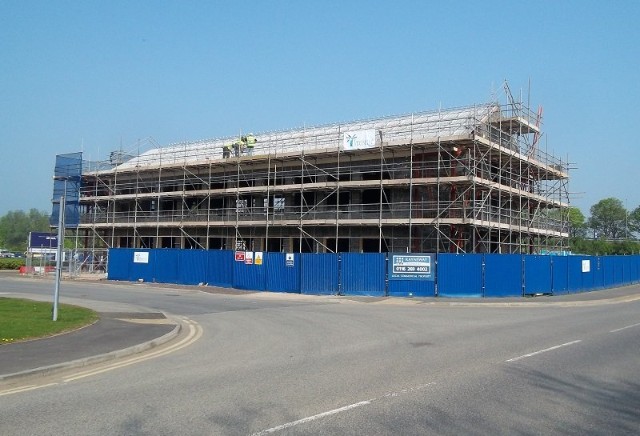Types Of Edge Protection For Class A, B & C Roofs
2 December 2019Roofing edge protection is equipment designed to protect against falls, most commonly used during the construction of residential or commercial buildings. It commonly consists of a toe board, and primary guard rail and secondary intermediate rail. The Edge Protection Federation describes its purpose as 'to prevent people or objects from falling to a lower level'. There are actually many different types of edge protection on the market, but there are regulations to be followed for different types of roof.
Request Your Temporary Roof Design Brief
The legislation in question is the European Standard of Temporary Edge Protection - EN 13374. This is designed to ensure all edge protection solutions meet exacting standards of safety and performance and applies to edge protection systems for both flat and inclined surfaces. The requirements specify three classes of temporary edge protection, which are as follows:
- Class A - protection for flat surfaces and pitched roofing up to an angle of 10°.
- Class B - protection for flat surfaces and pitched roofing up to an angle of 30°.
- Class C - protection for steeply pitched roofing up to an angle of 60°.
The most common solutions you will find include Net Barrier Systems, Mesh Barrier Systems, Counterweight Systems, Tubular Guardrail solutions and Screen Protection Systems. Each one of these comes with its own benefits and limitations, so it is important that you choose the appropriate edge protection for every project.
Here's a little info in the most common types:
Mesh Barriers
Most comply to EN 13374 Class A, though there are some that will meet Class B requirements. They incorporate a guardrail, toe board and mesh infill all together. The result is a high containment level and a good feeling of operative safety. They are simple to install but still look professional.
Net Barriers
These are fall arrest systems that use absorbing safety nets offering fall arrest and a high containment level. They involve a safety net that spans between secondary support posts up to 10 metres apart, and meet the needs of EN 13374 Class C.
Tubular Guardrails
These involve scaffold tubes and fittings to provide edge protection. The use of tube & fittings can provide a very versatile solution as the scaffold can be fixed in several ways to suit the circumstances on site, including fixing to walls or steelwork. Unlike proprietary off the shelf systems a tube & fitting edge protection will need a design, however it is possible to design an edge protection capable of meeting the requirements for a Class A, B or C roof.
Self-Climbing Screen Protection
Compliant with EN 13374 Class A, and with a high containment level, these multi-height climbing systems encase the perimeter of a building using mesh, wood, netting or sheeting. It makes operatives feel safe but does take time to install and can be vulnerable to wind loads, so need to be well planned.
Many sites use more than one of the above systems, particularly when there are different requirements in different areas. This is good practice, as long as the systems work well together and are fully compliant with EN 13374. A good scaffold design firm will be able to ensure different systems still meet compliance demands even when combined, meaning you have a safe and fully legitimate site. Always ensure your edge protection is up to standard - the consequences of not doing so can be dire.

